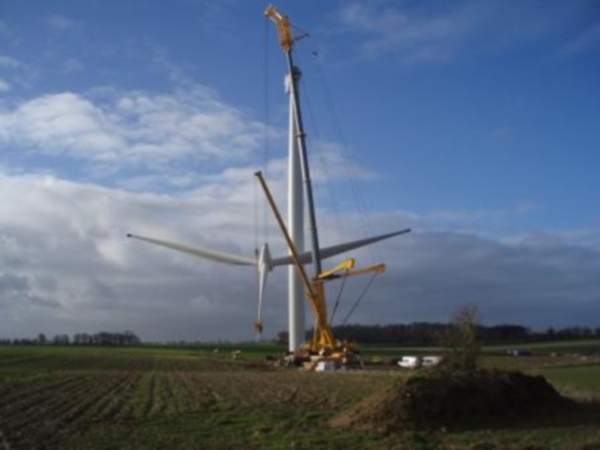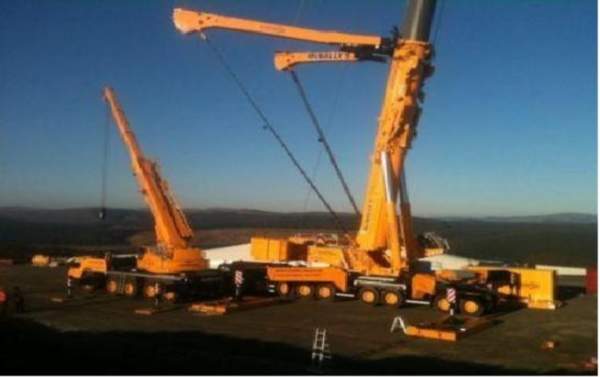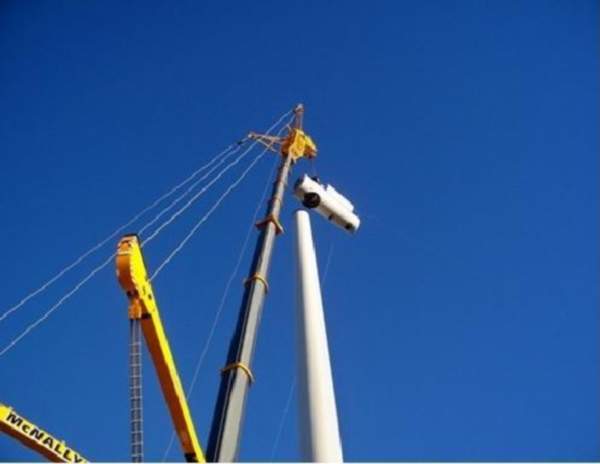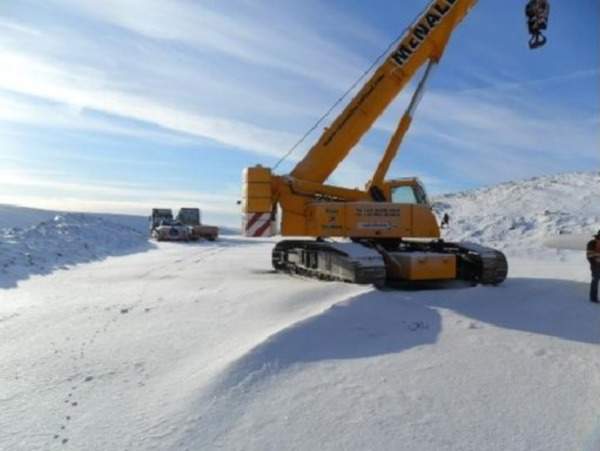Clyde Wind Farm is an onshore, wind-based power project developed by Scottish and Southern Energy (SSE), a UK-based energy company. The wind farm is located between the towns of Biggar and Moffat in South Lanarkshire, Scotland.
With an estimated investment of £600m ($960m), the project is one of the biggest single consented wind farms in Europe and has a total generation capacity of 350MW. It became operational in September 2012.
The new plant generates more than 1,000GWh of electricity a year, enough to power 200,000 households. It plays an important role in the Scottish Government’s target of producing 50% of the country’s total electricity from renewable sources by 2020.
The Clyde wind farm is owned and operated by Airtricity, the renewable energy development division of SSE.
In August 2017, SSE sold a 5% interest in Clyde Wind Farm to Greencoat UK Wind and GLIL Corporate Holdings for $88.4m.
Development and construction of the Scottish power project
In July 2008, SSE received permission for the development of Clyde wind farm, which covers a total area of 47.5km² and is divided by the M74 motorway passing through the villages of Abington, Elvanfoot and Crawford.
Construction on the project started in 2009. Due to its size, the project was divided into three areas: south, central and north.
The 130MW south section came into operation in September 2011. The first turbine was connected to the national grid in June 2011. The central and north sections were completed in 2012.
In October 2011, SSE submitted an application for the extension of the Clyde wind farm. Construction on the extension started in July 2015. The new development involved the installation of 54 wind turbines with a combined installed capacity of 172.8MW. It is located at Camps Reservoir, north-east of the Clyde wind farm.
In July 2014, SSE received consent for the extension from the Scottish Government, which was completed by July 2017. The wind farm began commercial operations in September 2017.
Clyde wind farm make-up
The Clyde wind farm comprises 152 Siemens wind turbine generators (WTG), each rated at 2.3MW. The total installed capacity of the farm is approximately 350MW. The south section has 56 wind turbines, the north section has 27 and the central section has 69.
All WTGs were erected on reinforced concrete gravity bases with a hub height of 80m and blade diameter of approximately 90m.
The wind farm was also installed with 13 anemometer masts to measure wind performance. Power generated by the facility is transmitted to the national grid through two large substations.
The wind farm is expected to be operational for 25 years. After the end of its operational life, either the WTGs will be dismantled and removed from the site or permission will be sought to keep or replace the existing turbines.
Contractors and companies involved
Airtricity awarded a supply, installation and commissioning contract to Siemens in September 2009 for the wind turbines. Siemens also took over the responsibility of operating and maintaining the turbines for an initial period of five years.
Towers for all the wind turbines were manufactured by Welcon Towers at its Machrihanish factory in Argyll.
Civil engineering contractor Blackwell Group was awarded a £9.6m contract to undertake the main works of the north section and was also the main contractor of the south section.
Land Use Consultants (LUC) acted as an ecological clerk of works for the full construction period. It was also assigned to design a layout that suits the surrounding landscape. Headland Archaeology undertook an environmental impact assessment (EIA) and prepared the environmental impact statement (EIS) on behalf of Airtricity.
Fairhurst provided civil, structural and geotechnical engineering. All the wind turbines were erected by Windhoist.
Balfour Beatty was selected as the principal contractor for the Clyde wind farm extension project.
Local benefits of SSE’s onshore wind-based power project
SSE announced that more than £200m of the contracts were awarded to Scottish companies. The project created more than 200 construction jobs. In addition, between four and eight people were given full-time jobs for the operation of the facility, while between 20 and 23 full-time equivalent jobs were created to carry out maintenance and operational checks. The extension also created direct and indirect employment for the people in the region.
Airtricity also set up the Clyde wind farm fund (CWFF) for the benefit of local communities. SSE is contributing £2,000 a year for each megawatt produced.
The fund can be used to secure investment, create employment, secure sustainable development or implement training.







.gif)
